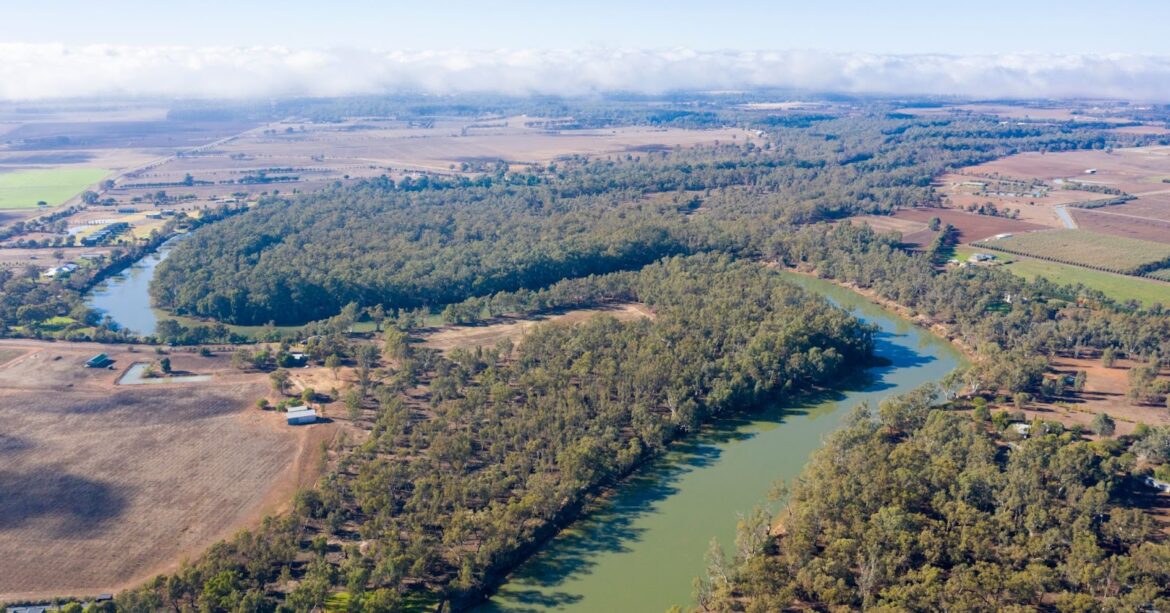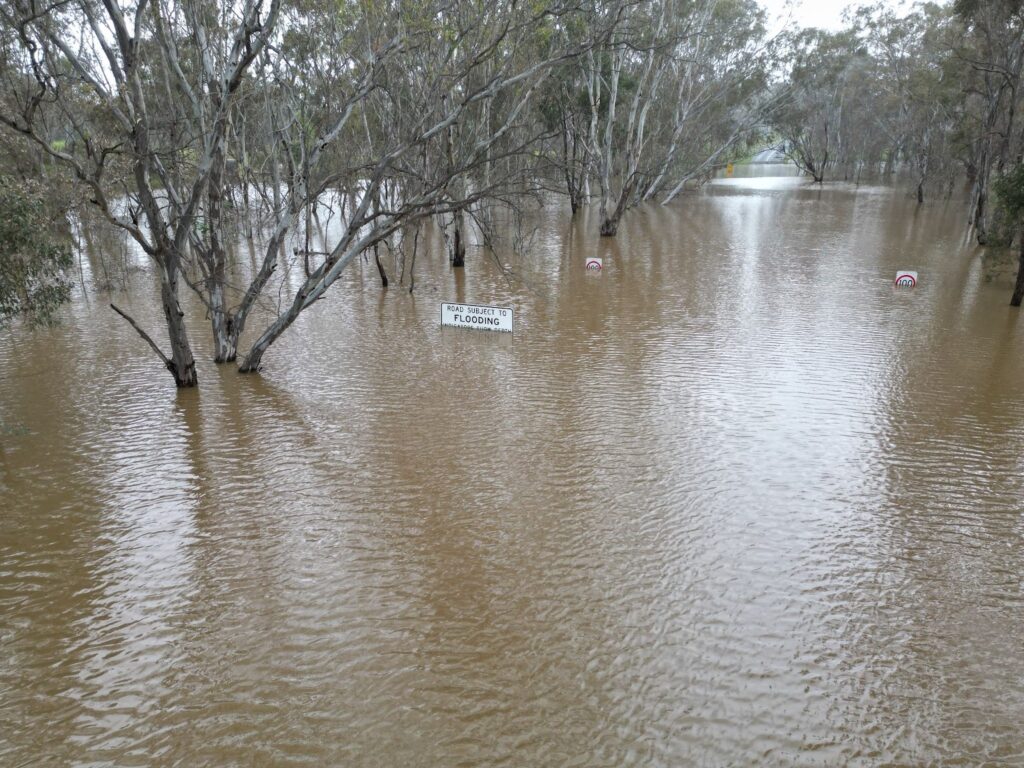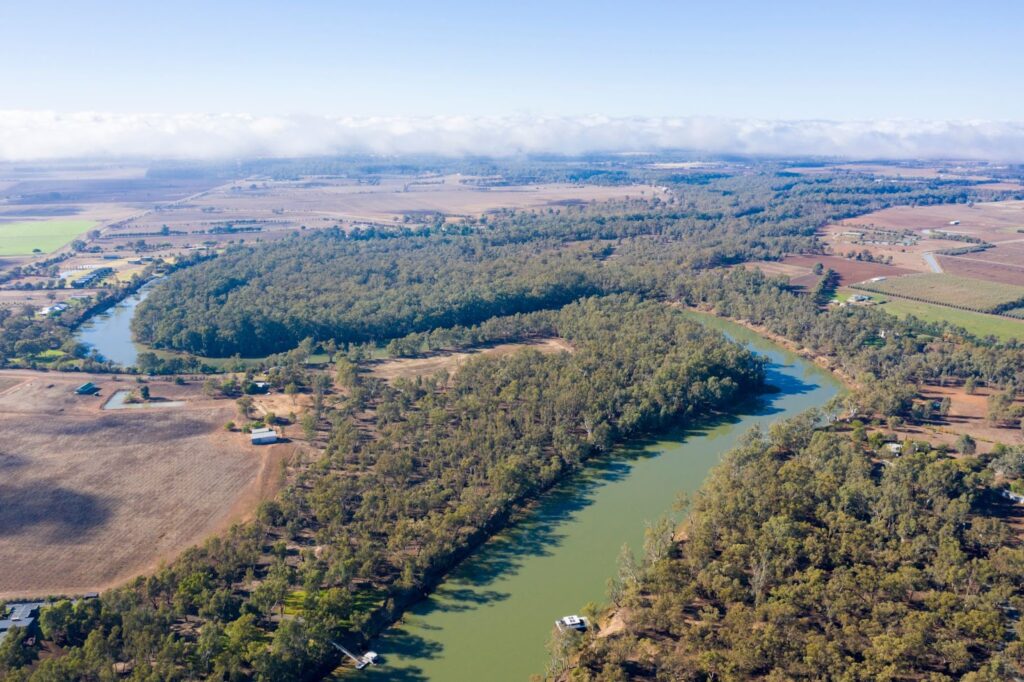Spring 2022 Rain Broke Records in Australia
The torrential downpours that hit Australia during the spring of 2022 resulted in damage amounting to multi-billion dollars. In some areas, record amounts of rain fell, and many parts of south-eastern Australia experienced high levels of flood-related callouts resulting in the completion of thousands of flood rescues.
The flooding of Kati Thanda-Lake Eyre was another result of the Australian spring flooding in 2022. The outback lake is normally dry, but approximately every four years, it floods. This is what happened in spring 2022, creating an inland sea. Keep reading for a closer look at the exceptional flooding and its results.
Key points
- The torrential downpours that hit Australia during the spring of 2022 resulted in damage amounting to multi-billion dollars.
- Some parts of Victoria and New South Wales (NSW) experienced levels of rainfall that broke records that have stood for a century.
- The highest spring rainfall levels were recorded in Albury in NSW, where 534mm of rain fell throughout September, October, and November.
- The flooding in Australia in 2022 resulted from a combination of three climate phenomena. These phenomena are the La Nina pattern, a strong negative Indian Ocean Dipole, and the Southern Annular Mode (SAM).
One of the wettest periods in Australian history
The recent period of heavy rainfall is one of the wettest periods in the last 20 to 50 years in Australia. Some parts of Victoria and New South Wales (NSW) experienced levels of rainfall that broke records that have stood for a century.
Although the floods were severe, not every part of the country was impacted. Most of the areas that were most heavily affected were in the north, central, and south-eastern south-western parts of Victoria and in NSW.
Which areas had the most rainfall?
The highest spring rainfall levels were recorded in Albury in NSW, where 534mm of rain fell throughout September, October, and November. Rutherglen was the second most affected location, with 445mm falling over the same period. Other affected parts of the country were:
- Lake Eildon in the alpine region of Victoria with rainfall of 442mm
- Ararat in western Victoria with 435mm of rainfall
- Condobolin in NSW with 421mm of rainfall
- Forbes in NSW with 396mm of rainfall
- Ballarat in Victoria with 389mm of rainfall
- Bendigo in Victoria with 337mm of rainfall
- Wangaratta in Victoria with 370mm of rainfall
Altogether, 43 towns in NSW, 24 in Victoria, and three in Tasmania experienced abnormally wet conditions. These conditions led to flooding, causing damage and the loss of livestock.
Interestingly, a significant number of stations recorded as much as half a month’s normal amount of rainfall during a rain bomb event covering the 13 and 14 November. For example, Falls Creek experienced 358mm of rainfall compared with a normal average of 132mm for the entire month of November. The rainfall levels across these stations were the highest recorded in 100 years in some cases and followed on from a wet October.
These bursts of rainfall are becoming more frequent in recent years. For example, in Albury, which saw the most rainfall this time around, 2018 was also a bad year. In December 2018, the main street of Albury flooded, and around 100 cars were trapped on the Hume Freeway north of Wangaratta. In 2022, flash floods and rain bombs were especially frequent.
Record rainfall in Australia caused numerous assistance requests
The flooding across parts of Australia in the Spring of 2022 resulted in high numbers of requests for assistance. The NSW State Emergency Service (SES) received 80,032 requests and carried out 3,812 flood rescues across the year. 2022 was its busiest year on record. Most of the assistance was required in Forbes, South Lismore, and Wee Waa.
The Victorian SES received 37,249 assistance requests and completed 961 flood-related rescues throughout 2022. Shepparton, Echuca, and Mooroopna were the areas where most assistance was requested. All of these areas experienced severe flooding in October 2022.
What caused the flooding in Australia?
The flooding in Australia in 2022 resulted from a combination of three climate phenomena. These phenomena are the La Nina pattern, a strong negative Indian Ocean Dipole (IOD), which was in its negative phase bringing rain to south-eastern Australia, and the Southern Annular Mode (SAM). In the case of La Nina, a rarely-seen grouping of three cycles in a row since late 2020 resulted in continuous wet conditions over the period, thereby causing more substantial flooding. Each of these phenomena typically causes higher-than-average rainfall levels in winter/spring. In 2022, they combined to cause torrential rainfall and flooding.
It’s also possible that climate change is a factor in the excessively wet conditions in Australia. This is likely to be the case because every additional 1°C of atmospheric warming means an additional 7% of moisture can be held in the atmosphere.
The wet conditions brought on flooding that came about as swollen waterways were subject to torrential rainfall. Some communities were cut off, and there was severe damage to buildings, roads, and other infrastructure. The cost of this damage runs into billions of dollars. So, the flooding may have receded, but the effects remain, and the damage is still being repaired.
1 - 1Share



